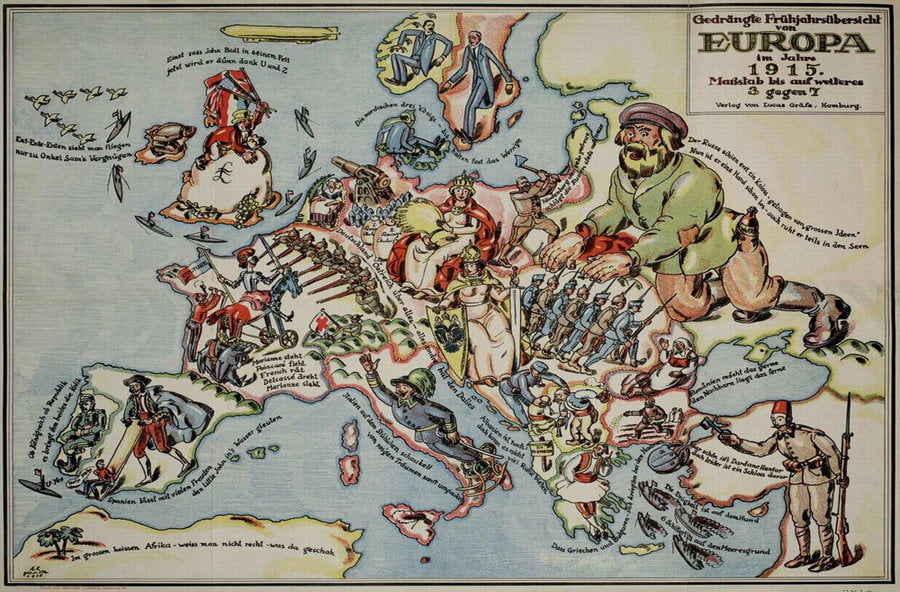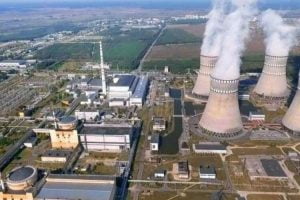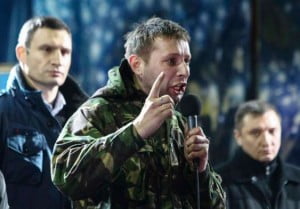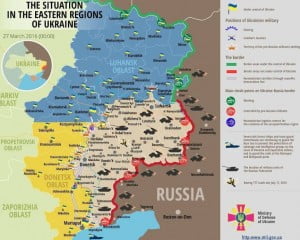How Russia is to break up Europe in 2018

Aleksey Arestovich opinion on how Russia is going to break up Europe in 2018.
Marcel Van Herpen in his book “The Putin’s Wars”:
“Europeans like to repeat that the EU is the first postmodern project in the world that fundamentally changed the centuries-old tradition of the policy of military conquests and individual decisions of monarchs, on peaceful cooperation, openness, diplomacy, mutual dependence and trust”.
The EU has become the three zones – a “zone of peace”, a “zone of moral values”, a “zone of prosperity and wealth”.
Having built almost a paradise on earth, renouncing the very use of the principle of force, relying on dialogue – taking into account the wishes of all parties, Europeans actually lost the ability to defend themselves physically and psychologically, for example, the NATO leadership has a systemic problem of forcing the majority of European member states to support defense spending at the level of 2% of GDP.
Europe demobilized itself.
Neither after the gas wars with Ukraine, nor after Tuzla (2003), nor after the Munich speech of Putin, nor after Russia’s suspension of a treaty on conventional armed forces in Europe (2007) nor after the occupation of the part of Georgia (2008), Europe wanted to change either their relationship to threats in general, nor the attitude towards threats from Russia.
In 2010, one of the authoritative European research centers, the European Council on Foreign Relations, in its review “The Spectrum of Multipolar Europe”, concluded that “… Russia has no territorial claims to its neighbors” – after the war and the occupation of part of Georgia and the Russian operation to disrupt the receipt of the NATO MAP (Membership Action Plan) by Georgia and Ukraine.
At the beginning of the direct Russian-Ukrainian conflict (spring of 2014), the European leadership had fundamental problems with an adequate assessment of the geopolitical situation on the continent.
Some gravitation towards adequacy began to appear only after the Minsk talks in February 2015, after the absolutely brutal behavior of Putin and his entourage – with the direct deception and threats in the face.
Nevertheless, this is an easy attraction to sobriety, and today, three years later, it still can not be shaped into a functional political course that would ensure the EU’s consistency with respect to its own security issues.
In March 2018, in the fifth year of the Russian-Ukrainian war, after several humanitarian catastrophes in Syria that provoked the migration crisis, after the replacement of the leadership of many European countries, after the “right” deviation, which increasingly takes on the domestic policies of many member states, after a Russian attempt to organize an armed coup in Montenegro, the political leadership of Europe still does not believe that the actions of the Russian regime are directed particularly against the very existence of the European Union.
Such a failure of the European leadership to realistically assess the strategic situation, creates very favorable conditions for the Kremlin to continue its counter-offensive to the West, launched in 2005.
——-
The main directions of the Kremlin’s actions in Europe were outlined in 2015-16 (provocation of the migration crisis, interference in the elections, attempts to prevent the admission of new members to the EU and NATO, support for ultra-radical forces).
During the period from 2017 to early 2018, the Kremlin stepped up its activities in these areas, and began to scale it.
So, the priorities of Russian foreign policy and special services in relation to the EU for 2018:
1. Weakening the unity of the European Union.
Goal:
– to achieve the withdrawal from the EU of individual member states, first of all, the countries of the former Warsaw bloc.
Forms and methods:
– political (through the support and development of ultra-left and ultra-right-wing political forces);
– informational (through the creation of an appropriate discourse in the media space and the corresponding agenda in public opinion and political discussions).
The main efforts are focused on the countries of the “Warsaw Four” (more successfully in Hungary, Slovakia and the Czech Republic, less successfully in Poland), as well as Bulgaria, and the Baltic countries.
2. Weakening of the support for Ukraine from European partners.
Goal:
– Ukraine’s isolation from European aid and support, the collapse of the EU’s unified policy in the Ukrainian direction.
– Forms and methods: the formation of the image of a “dangerous neighbor”, in the domestic policy of which more and more influence is acquired by semi-criminal radical organizations.
– Tools: the agents of the Russian special services in the nationalistic movements of Hungary (Jobbik), Poland (Falanga), Slovakia (the network of sports and patriotic clubs Systema), the Czech Republic (ultranationalists of the Freedom and Direct Democracy party), pro-Russian organizations, media figures and politicians in these countries.
3. Strengthening of pro-Russian mood in European countries.
Goal:
– to ensure a conflict among the member states of the European Union regarding the policy of isolating the Russian Federation and maintaining sanctions against it.
– create favorable conditions for the further promotion of Russian political and economic interests within Europe.
Forms and methods:
– the actualization of the geopolitical problems of the EU (primarily, relations with the United States);
– actualization of national and historical problems in Europe (following the example of the crisis in Catalonia);
– actualization of migration problems (creation of a new wave of refugees);
– actualization of economic problems (trade wars, the problem of energy resources (gas), sanctions issues).
It should be noted that 2018 is a so-called “year of reform of the European Union” – the year of the fight of the EU reform projects, on the eve of the “big elections” – the European Parliament (2019), presidential and parliamentary elections in Ukraine.
The hybrid war against the EU, unleashed by Russia, at this stage has the main task of weakening the already low ability of Europeans to resist.
European countries, in 2019-20, have to come to the state when under the pressure of internal and external crises, the Russian proposals to deal with them, will make some political forces in Europe, according to the plan, to look at Russia as an ally and assistant in their resolution.
The fact that Russia creates these crises itself, must remain outside the brackets.
A similar strategy in Europe, on the eve of the Second World War, was used by Hitler, creating a series of crises, mutual conflicts and offering his participation in their resolution – in particular, certain forms of political alliances and proposals for protection: for Spain, Hungary, Romania, the Balkan states.
The operational readiness of the Russian Armed Forces, according to repeated statements by the Russian military leadership, should also reach another peak by 2020.
The optimistic scenario that Russia is counting on is similar for Ukraine and Europe:
– weakening of these political actors through a series of conflicts between the branches of power, regional, national and inter-confessional conflicts, undermining confidence and refusing to cooperate and communicate in favor of mutual distrust and struggle.
After that, according to the plan, it should be followed by a military escalation (under the threat – the Baltic countries, Belarus, Moldova, Ukraine, Kazakhstan, the Balkan countries) and the consolidation of the achieved results in a politico-legal way.
According to the Russian leadership, the weakness of modern Europe, its inability to really assess the strategic situation on the continent, and to develop adequate response measures, gives the Kremlin real chances for a successful second phase (2018-21), a strategic counteroffensive to the West, the main tasks of which remain the same:
– strengthening the confrontation between Europe and the US/China;
– a significant weakening of Europe through a chain of internal crises and a decline in support from the White House;
– increasing the strategic dependence of Europe on the Russian Federation;
– recognition of Russia’s zones of its exclusive (CIS) and priority (Eastern Europe/Balkans) influence;
– the restoration, in one form or another, of a new version of the USSR and/or a military-political bloc/blocs oriented toward Moscow;
– the establishment of a new, multipolar world with the acquisition of such a Union (the sum of unions) of the lost superpower status.
How far this perspective meets the long-term interests of the EU is for the Europeans to decide.
But it is necessary to decide quickly.
Image credits: google
Tags:
europe hybrid war hybrid warfare russia ukraine Russia russia ukraine war war






